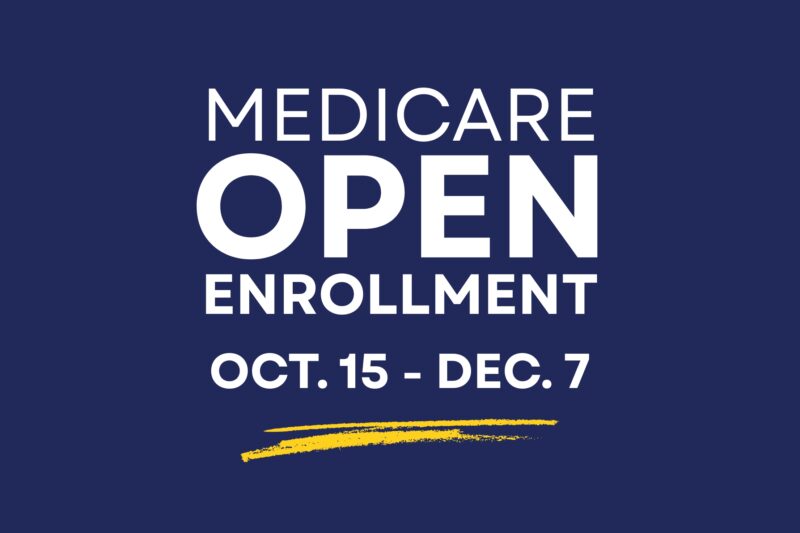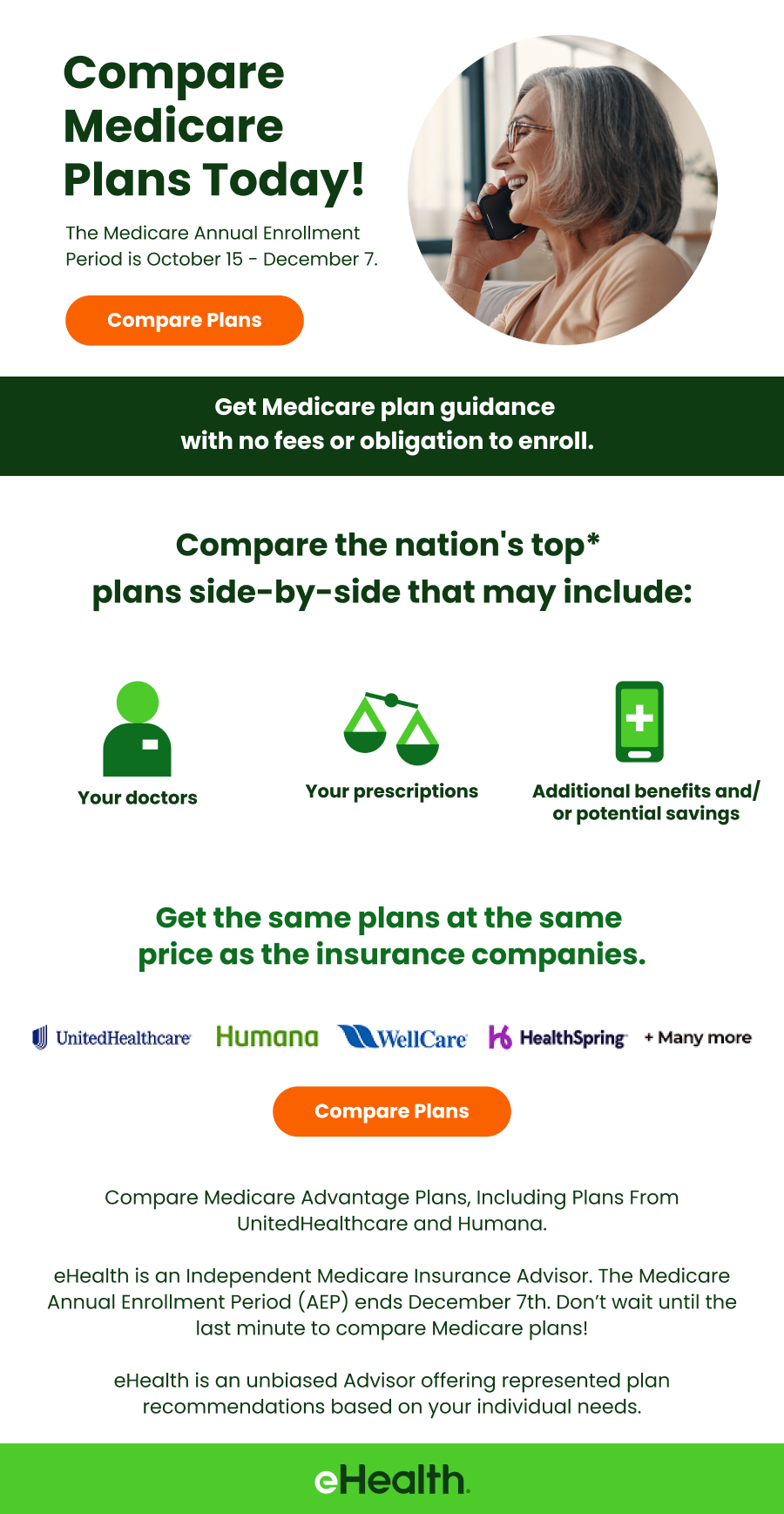During Medicare open enrollment, you have choices. You can stick with Original Medicare (Parts A and B), enroll in a Medicare Advantage (Part C) plan, add Part D for prescription drug coverage, or pick up a Medigap (supplement) plan. First, decide whether you prefer the flexibility of Original Medicare or whether a bundled advantage plan makes sense. Then, layer in drug coverage and supplemental insurance as needed.
Medicare Open Enrollment happens every year from October 15 to December 7. During this time, you can review your current coverage and make changes that will take effect on January 1 of the following year.
Transitioning between plans is allowed only during this period, so it’s your chance to adjust coverage to fit your current needs.
Review Your Health and Prescription Needs
Start by listing all your current prescriptions and estimating usage for the coming year. Compare that against each plan’s drug formulary (which drugs they cover and at what tier). Make sure your preferred pharmacists are in-network. (MORE NEWS: Maxwell House Rebrand: “Maxwell Apartment” Misses the Mark)
Next, think about anticipated medical services: will you need frequent specialist visits, physical therapy, or imaging? Check if your doctors and hospitals are in the plan network. A plan with lower premiums but limited network can cost more in out-of-pocket travel or out-of-network fees.
Compare Total Costs — Not Just Premiums
Don’t be tempted to go for the cheapest premium alone. Evaluate the total cost:
- Premiums
- Deductibles
- Coinsurance or copays
- Annual out-of-pocket maximums
- Drug plan cost sharing
A higher premium plan might save money overall if it lowers your coinsurance or out-of-pocket liability. Use plan comparison tools to model your expected costs under each option.
Know the Difference: Medicare Advantage vs. Medigap + Original Medicare
Many people confuse Medigap and Medicare Advantage, but they work quite differently:
- Medicare Advantage plans bundle Part A, B, and usually D. They often offer extra benefits (vision, dental, hearing) but may limit your provider network and require referrals.
- Medigap (supplement) plans work alongside Original Medicare. They help cover gaps like copays, coinsurance, and deductibles. You still retain the flexibility to see any provider who accepts Medicare.
Decide whether you prefer provider flexibility (favoring Original/Medigap) or the additional perks of a Medicare Advantage plan.
Watch for Changes Year to Year
Plans often change annually — coverage, formulary, network, premiums — so even if you’re satisfied, you should reassess each fall. A drug you take might be moved off a formulary, or your doctor might drop from a network. Use the open enrollment window to switch plans if something no longer works for you. (MORE NEWS:
Check for Extra Benefits and Perks
Some plans offer extras beyond basic medical and drug coverage. Look for benefits such as:
- Dental, vision, or hearing coverage
- Wellness programs
- Fitness memberships (e.g., gym access)
- Transportation to medical appointments
- Telehealth services
While not all extra benefits are available in every area, they can add real value if you use them. Consider how likely you are to use those perks before prioritizing a plan that offers them.
Beware of Fraud and Scams
Beware of aggressive marketing or offers that seem “too good to be true.” Watch out for red flags:
- Cold calls or emails asking for your Medicare number
- Offers of “free” devices or services if you enroll
- Requests to pay by gift card, cryptocurrency, or wire transfer
- Agents claiming to be “Medicare representatives”
Always verify through official channels. Legitimate agents will not pressure you, ask for unconventional payment, or demand your Medicare number unsolicited.
Check for Extra Help or Dual Eligibility
Some enrollees qualify for additional assistance:
- Medicaid: If your income is low, you may qualify for both Medicaid and Medicare (dual eligibility).
- “Extra Help” for Part D: This federal program helps with drug plan costs if you meet income and resource requirements.
Don’t miss out on benefits you’re eligible for simply because you didn’t run the numbers or ask. Get assistance from trusted nonprofits or state health insurance assistance programs.
Make a Decision—and Enroll Early
Once you’ve compared your options, make your decision early. Don’t wait until the last minute, because delays or glitches can happen. Submit your enrollment or change before the deadline. Then confirm that the plan is active starting the next year.
After enrollment, keep your plan materials, track your notification letters, and make sure your prescriptions and providers are in place.
Tips Summary (At a Glance)
- List your prescriptions, medical needs, and providers
- Compare total costs, not just premiums
- Know the differences between Medicare Advantage and Original + supplement
- Watch for annual plan changes
- Consider extra benefits, but don’t overvalue them
- Guard against fraud and scams
- Check eligibility for extra help
- Use official tools and impartial assistance
- Enroll early and confirm everything is in place
Choosing the right Medicare plan doesn’t have to be stressful. A little research, clear comparisons, and early action can help you find coverage that truly works for you.
Cut through the noise. Drown out the spin. Deliver the truth.
At The Modern Memo, we’re not here to soften the blow — we’re here to land it. The media plays defense for the powerful. We don’t.
If you’re done with censorship, half-truths, and gaslighting headlines, pass this on. Expose the stories they bury.
This isn’t just news — it’s a fight for reality. And it doesn’t work without you.





